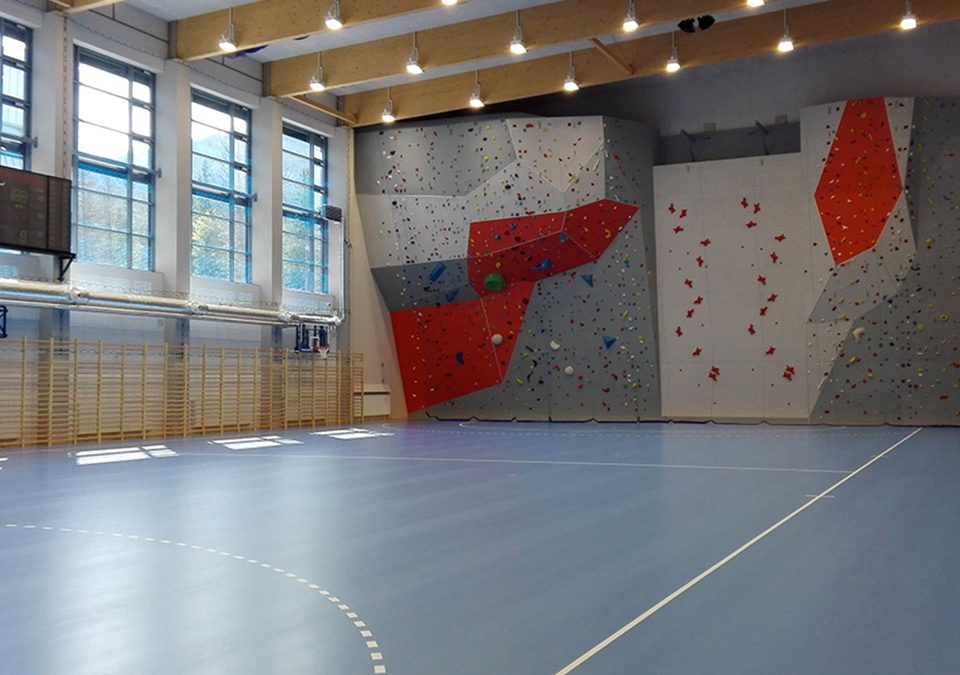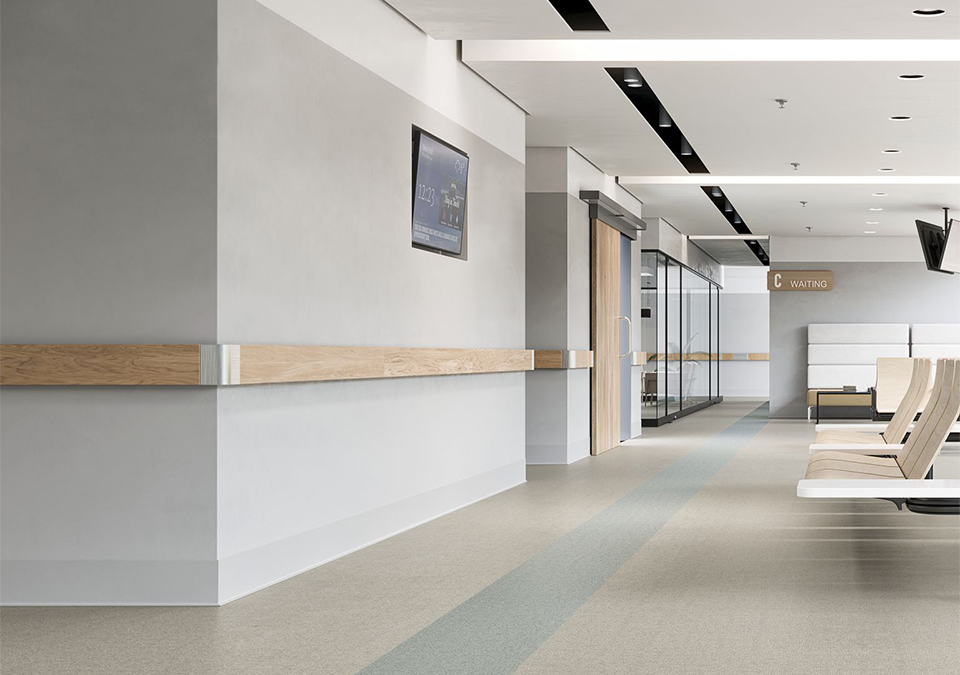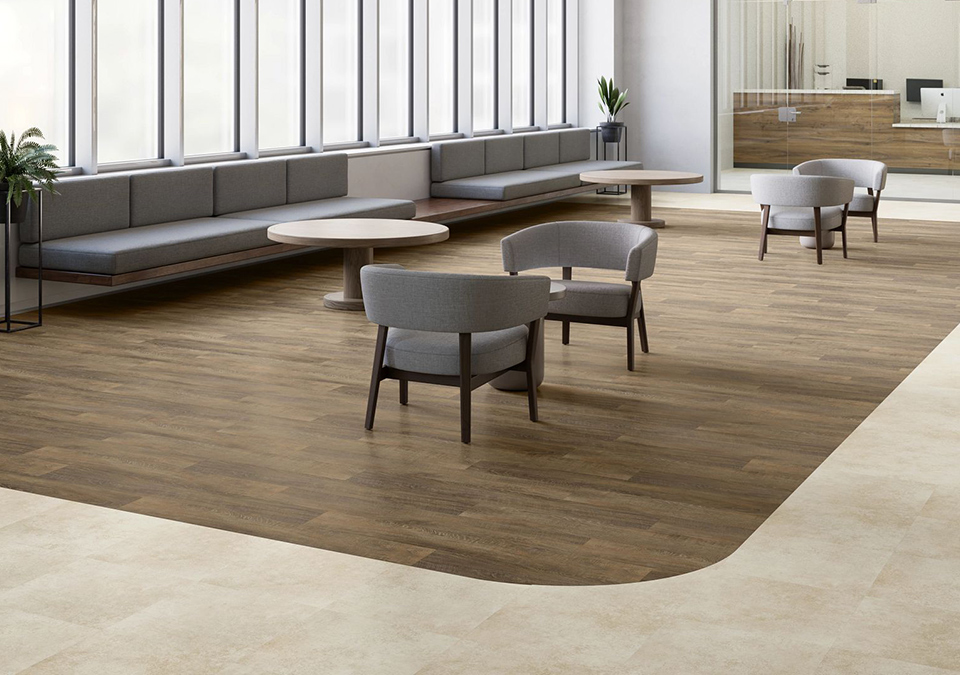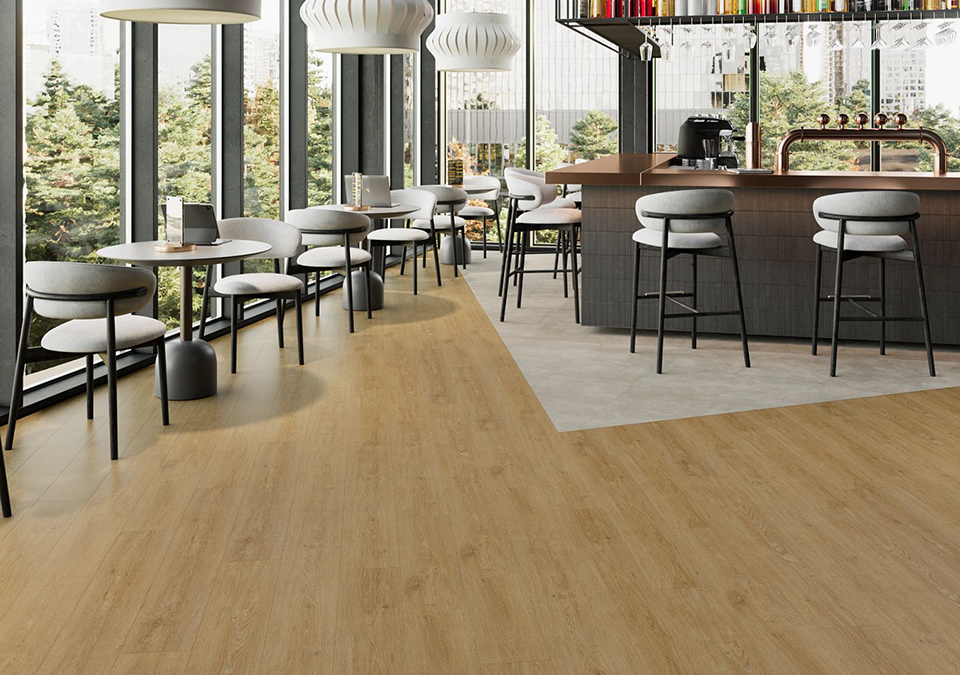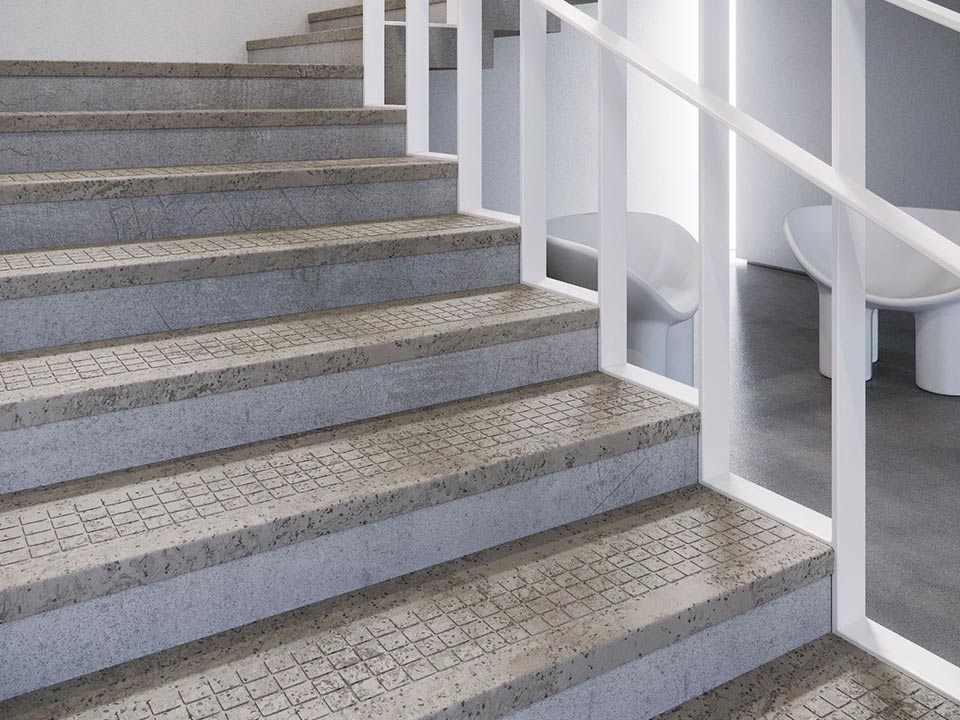
Increasing Worker Safety with Commercial Flooring Solutions
November 11, 2014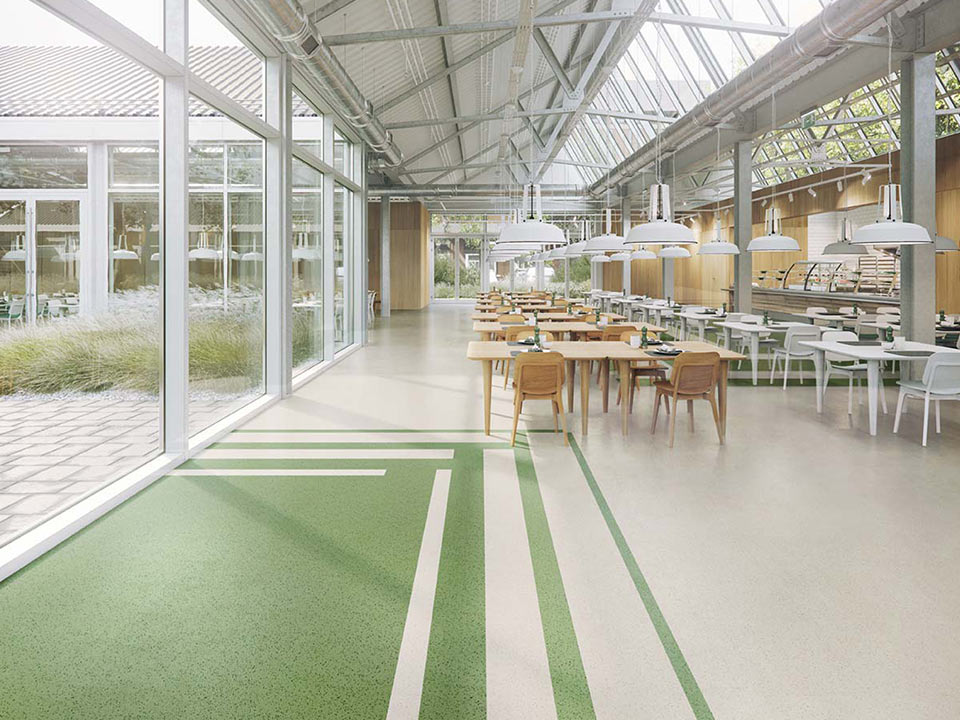
Sustainable Flooring Solutions: How Green Flooring Benefits the Healthcare Industry
May 21, 2015Many of us have childhood recollections of a highly lacquered gymnasium floor brightly reflecting the light cast down from on high. Poised at the entryway with one foot in midair ready to step upon the inviting surface, a voice finds you from out of nowhere, saying, “STOP, no street shoes allowed in the gym!”.
Recoiling back from committing this infraction; turning and walking away is the only option. Flooring has come a long way since those days; fitness and exercise has changed over the years, and as a result, flooring has had to adapt and evolve to meet those changing needs.
Gym Flooring
Developing an understanding of how the floor will be used is the first step in deciding what flooring option is the best choice for a gymnasium. It is important to determine what types of sports and physical activities will take place and what demands will be placed on the floor. Once this has been determined, there are several common expectations such as performance, safety, resilience and durability. Other factors in the decision making process are pricing, maintenance and service as well as the cost of maintenance.
There are generally two options for gymnasium flooring; wood or a poured urethane surface. Gymnasiums are increasingly called upon to play multiple roles acting as multi-purpose spaces hosting a variety of activities and sports.
Wood flooring is the traditional choice and is more expensive but does not always serve the modern day need of versatility. This type of flooring is also very sensitive and more easily damaged by water and the wrong type of foot traffic. However, there are overlay options to protect the hard wood such as matting and other portable rubberized applications, but those options incur an added expense.
Synthetic flooring is less expensive, not as easily damaged and offers a great deal of versatility. This choice is virtually worry-free and ideal for all types of sports such as basketball, indoor tennis, volleyball and jogging.
The best type of gymnasium flooring can accurately be determined by completing a needs assessment within the organization this will give a complete picture of how the floor will be used. Upkeep and maintenance is another deciding factor in making the right choice. Knowing the monthly budget expenditure for maintenance could be a deciding factor. Having a full understanding of the floor’s usage, price and all aspects of the design will dictate what flooring option is best chosen. It’s also important to keep in mind that wood and older multipurpose surfaces can become dangerously slick when not maintained properly, increasing the possible occurrence of injury.
Fitness Center Flooring
Today’s fitness centers meet the needs of many types of people. These people explore different types of fitness activities and each has a very different fitness goal. Modern fitness centers offer a wide variety of equipment and classes with each option requiring different flooring specifications. There is no one type in flooring that is best for a fitness center; each area within the fitness center dictates its flooring needs.
Rubber flooring is the most common surface in a fitness center. These surfaces are typically made from recycled tires limiting the color choices that are available. Recycled rubber flooring is low in cost as compared to virgin rubber flooring products that can be purchased in bright colors. Both options provide the same physical features, while one may be more esthetically pleasing. Rubber flooring is durable and is able to withstand the punishment of having free-weights continuously dropped upon, but it may not be the best choice for the entire facility.
Carpet is sometimes used in the cardiovascular fitness equipment section; this is where the stationary bicycles, treadmills, steppers and elliptical machines take up residence. Carpeting or carpet tiles are less expensive and there are multiple color options available allowing for greater creativity while enhancing the aesthetics. The negative aspects of this option are the need for professional installation and that carpet does stain easily.
It is important to look at all options when purchasing the best type of flooring for a gymnasium or fitness center. Making this decision is a typically a huge financial undertaking and of course, business owners desire to get the most for your money. One way to make the best informed decision is to ask for flooring samples prior to making the ordering commitment. The flooring that is chosen should be durable, keep its users safe, be easy to maintain and be aesthetically pleasing. Purchasing commercial flooring for a gym or fitness center is a long-term commitment not to be considered lightly.
Commercial Flooring & Interior Concepts specializes in gym flooring and fitness center flooring.

